Less Toxic
Insecticide Methods To Consider
I have found an excellent discussion of less toxic insecticide methods on the Clemson University website that is worth a share.
It compares many different approaches to the Insect or Fungi issues we face in the South: comparing advantages & disadvantages, damage issues from use, and possible plant sensitivities like foliage burn etc.
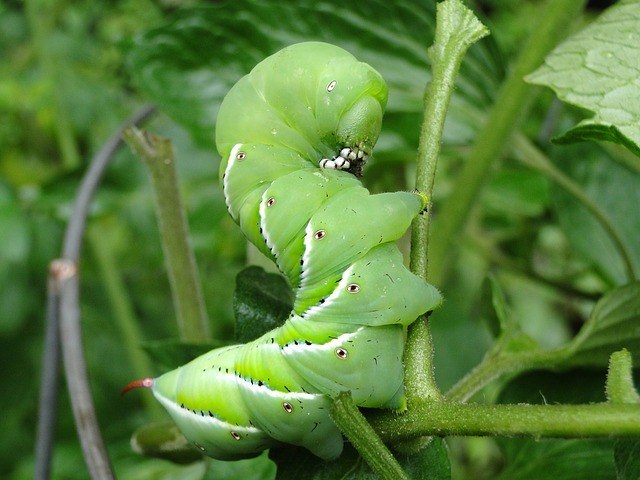
this worm looks almost like a walrus in the face!
Included in this list are:
Insecticidal soaps:
Soaps that damage the protective coat of soft-bodied insects causing them to dehydrate;
Horticultural oils:
Oil products that smother soft bodied insects on contact;
Botanical Insecticides:
naturally occurring toxins extracted from plants; examples: neem / neem oil / limonene / capsaicin / pyrethrins
NOTE: Neem oil is a botanical insecticide and available in many more complex formulations. Interesting point about Neem: it has some fungicidal activity, but its fungicidal activity is typically limited to powdery mildew control.

Frogs in the garden can be helpful too
Essential Oils:
volatile, highly concentrated substances extracted from plant parts; most work by disrupting an insect neurotransmitter that is not present in people, pets, or other vertebrates;
examples: cedar, cinnamon, citronella, citrus, clove,
garlic, mints, rosemary, and more;
Microbial Insecticides:
contain micro organisms like viruses, bacteria, fungi, protozoa or nematodes or their by-products; usually very specific to the targeted pest;
examples: Bacillus thuringiensis and its varients; found in many commercial formulations; Spinosad; Beneficial Nematodes;
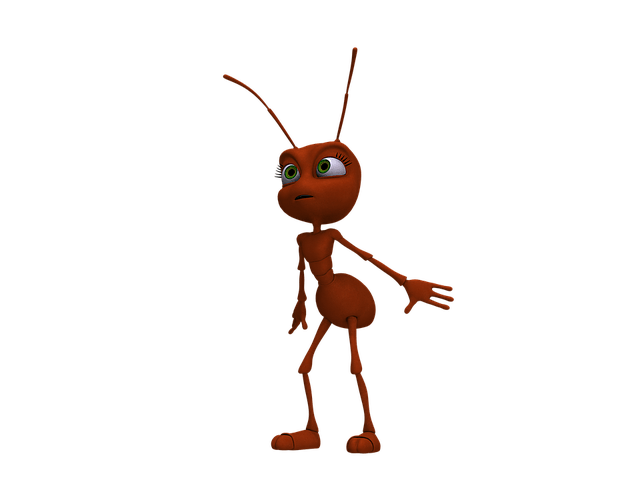
Ants and many other creepy crawlies detest the smell of cedar oils:
good to use around entrances
Minerals:
Diatomaceous Earth -- "natural grade" is a non-toxic powder composed of fossilized, one-celled organisms called diatoms; used to control slugs, roaches, ants, aphids; but it can irritate lungs and kills honeybees;
Kaolin Clay -- irritates insects
Boric Acid -- acts as a stomach poison
Silica Gel -- inert material that absorbs moisture, causes insect death by dehydration;
Sulfur -- probably the oldest known pesticide in current use; nontoxic to mammals, but an irritant; also used as a fungicide and in the control of lichens; but can seriously damage plants in hot dry weather or when combined with other oils; many commercial formulations contain sulfur;
Insect Growth Regulators: interfere with egg development and molting of various insect life stages;
Click Here to read the original article for more information.
And don't forget the final warning on that page regarding all insecticides or pesticides:
Keep Out Of The Reach Of Children!
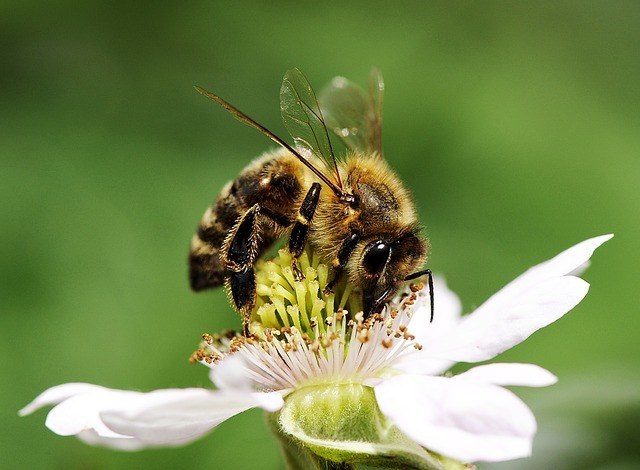
Take caution not to hurt the bees while chasing the noxious insects: we often need them for pollination
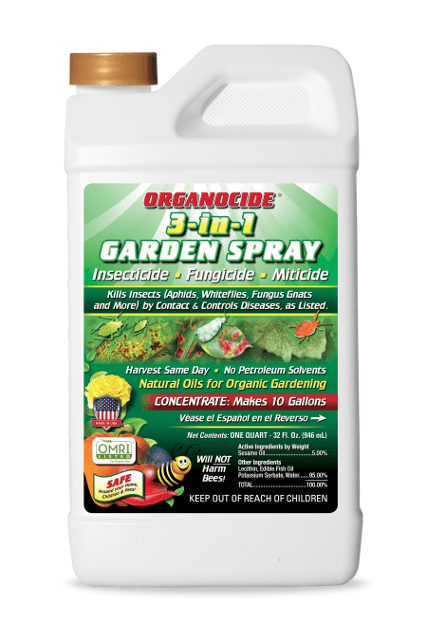
the effectiveness of Organocide 3-in-1 is hard to beat
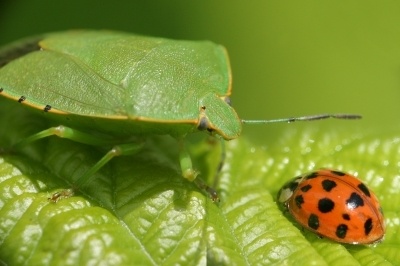
Use Organocide: Because she shouldn't have to do it alone!
Concluding Words
We're often asked often about many of the more popular products mentioned above like:
Neem (botanical insecticide)
Bacillus thuringiensis (microbial insecticide), or beneficial nematodes (microbial insecticide), but quite honestly, we still prefer the more broad spectrum product, Organocide, for our own use.
Organocide is a 3 in 1 approach: insecticide, fungicide, miticide, so we find it's simpler to keep one thing on hand to get most of the problems -- at least in their infantile states. Read More
